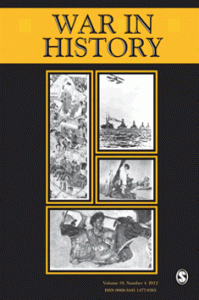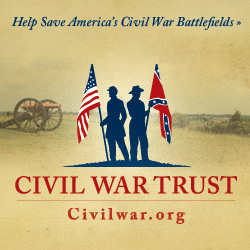 ARTICLE REVIEW: “The United States Army and Urban Combat in the Nineteenth Century”
ARTICLE REVIEW: “The United States Army and Urban Combat in the Nineteenth Century”
War in History April 2009 16: 157-188
Jonathan A. Beall
Irregular warfare during the Civil War was problematic for most military leaders as well as the common foot soldier. According to Jonathan A. Beall, Nineteenth Century military tactical and strategic planning failed to consider how to train soldiers to deal with urban combat, which is somewhat surprising as the United States military would do a good job of adapting to Native American warfare and with a vengeance. It would be up to individual commanders to adapt on the fly.
Beall’s focus in this article was to examine “the earliest clear examples of urban combat in American military history” and with that he focused on the fighting that took place at Monterey, Mexico (1846) and Fredericksburg (December, 1862). Beall and other historians agree that military theorists up to the 19th century “largely ignored military operations within or against the city.” Beall also notes that “field tactics between 1846 and 1862 were of the same “paradigm” and used outdated European tactics.
However, at the unit level officers tended to adapt as best they could when encountering Urban close quarter combat. During the fighting that took place at Monterey, Mexico (1846), officers barricaded streets, split up regiments into small combat units, fleeced houses, used cross streets to outflank, and fought behind enclosed locationS and from homes. The tactic of using 6 pound shells as hand grenades was also a new development that took place at Monterey. Using small arms such as pistols instead of the clumsy musket was preferred as well. Finally, using cannons to sweep streets was also a tactic that was commonly used.
In 1862 these exact same techniques would be used, but as Beall notes, not nearly as effective. At Fredericksburg Union soldiers encountered Confederates in a similar situation as the United States military did the Mexican army at Monterey. Barricades were put up to block streets. Confederates took to the homes and roof tops, and artillery was used as much as possible. The fighting during the opening stages of urban combat at Fredericksburg was so intense that one soldier described it as follows, “charge of Pickett’s brigade at Gettysburg was terrible, but it was nothing to the storm … at Fredericksburg.” A common tactic that the Confederates used very effectively was to hide out in cellars, wait for Union troops to sweep by, and then emerge and ambush groups of unsuspecting Union soldiers. Sharpshooters acted as snipers and shot from windows and behind fences. This forced Union troops to break out into smaller units and sweep every building along cross streets.
Still too often Union commanders did not give instructions for men to take cover, some simply marched down the middle of streets while at times taking murderous enfilade fire. As was common on a lot of Civil War battlefields, communication was a problem for each army as it attempting to dislodge the other from the city.
Though the Confederates slowly pulled out of the city, Beall notes that they by far did a better job at maintaining fighting effectiveness than the Union army.




Add One